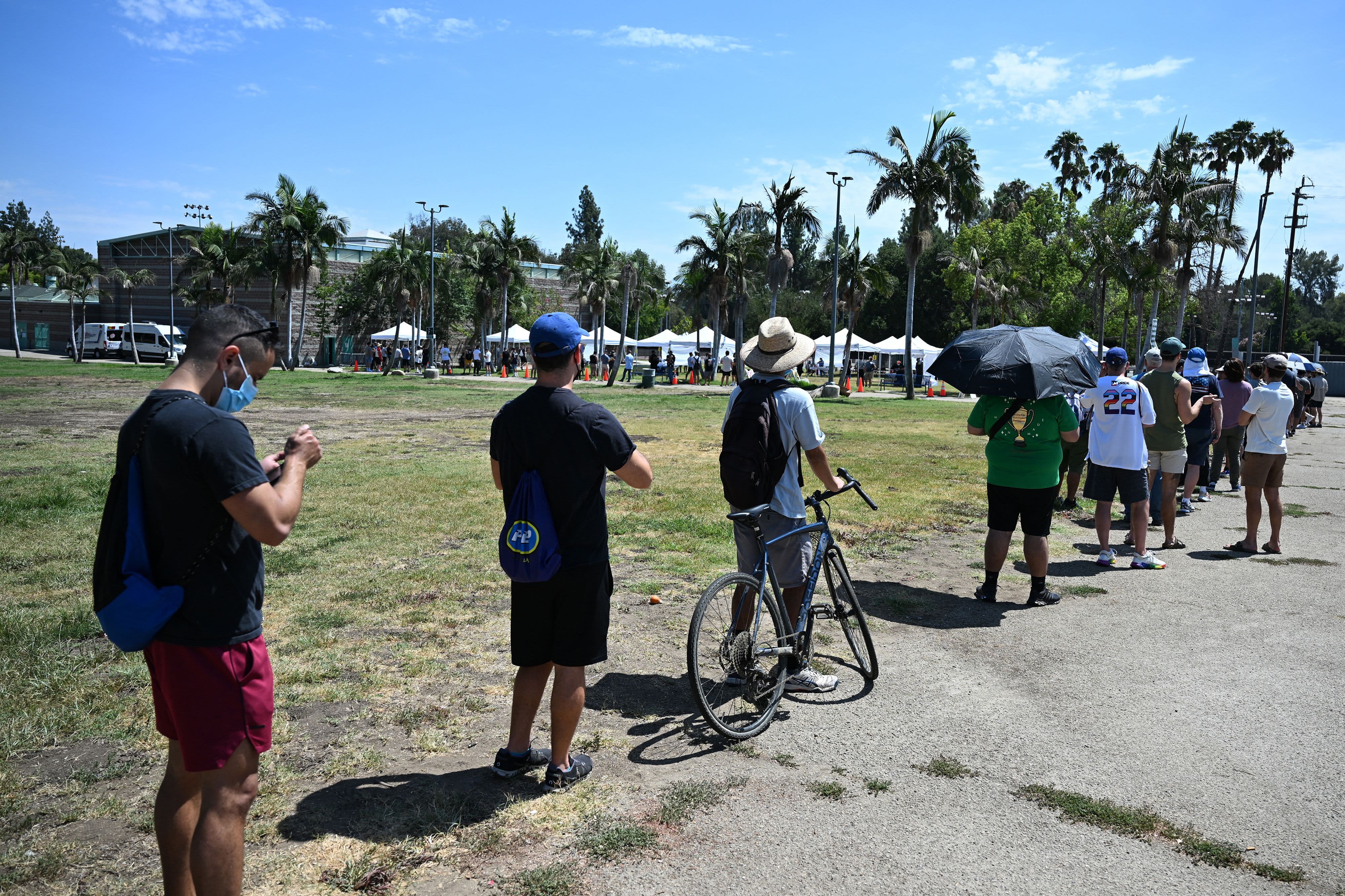
A 21-year-old Arlington, Virginia, woman who shared her frightening experience of a man harassing her at a Metro station in Washington, D.C., on Tuesday said no one intervened to help her throughout the 10-minute ordeal.
Witnessing harassment in public can be frightening, and many people might not know how to respond.
The harassment prevention group Right To Be has worked for 17 years to help turn potential bystanders into people who can safely diffuse such situations.
“When we put our best efforts forward and confront it head-on, street harassment is no match for us!” Right To Be said in a tweet promoting one of its bystander training sessions.
We're making it easier for you to find stories that matter with our new newsletter — The 4Front. Sign up here and get news that is important for you to your inbox.
The nonprofit group refers to a "safe and simple set of tactics" of bystander intervention, which Right To Be calls the 5Ds: Distract, Delegate, Direct, Delay, Document.
Here is how the group recommends using those tactics. Also, remember that you can always call 911 if you fear for your safety or the safety of another person.
The 5Ds of Bystander Intervention:
Distract
Distractions can be a more subtle way to intervene when facing cases of harassment, as the goal is to simply interrupt the situation.
According to Right To Be, there are two key factors when using this tactic:
- Engage solely with the victim of the harassment. Ignore the one doing the harassing.
- Direct the conversation to a completely unrelated topic without acknowledging the harassment taking place.
A Twitter user said they used this method from the group’s bystander intervention guide while on a train.
“A man was yelling at a woman I didn’t know & I waved to her & said “Hey! I haven’t seen you in so long! Come sit next to me!” The guy calmed down and left us alone,” the user tweeted.
Delegate
Delegation is a tactic where a third party is asked to help intervene with the harassment.
According to the Right To Be’s guide, the two key factors for this method are:
- Look for someone who is both ready and willing to help. Usually, the person next to you is a good option.
- After choosing a third party to help you, try to explain the situation as clearly as possible and how you would like them to help.
Document
This method involves the documentation of the harassment, whether it’s recording or taking notes. While documenting harassment can be helpful, the group mentions the importance of doing it safely and responsibly.
- Assess the harassment situation before documenting it. If nobody is helping the person being harassed, choose another option of the 5Ds, as documentation could further traumatize the victim. If the person is already receiving help, you should assess your own safety and, if safe, may begin documenting.
- Always ask the person who was harassed what they want to do with your documentation. Never post it online without their permission.
To further explain the proper ways to document harassment, Right To Be linked the video Tips on Filming Hate on their 5Ds guide as a teaching example.
Delay
If intervening in the moment is not possible, consoling someone who was harassed after the fact can still be very helpful. According to Right To Be, although most harassment happens quickly or in passing, speaking to the affected individual about what happened can reduce that person’s trauma.
Different ways to delay include:
- asking how the person is doing and letting them know what happened to them was wrong
- offering to sit with or accompany them
- asking if there is any way you can support or help them
Direct
This method involves speaking to the person doing the harassment directly and is noted by the group’s guide to be used with caution to prevent the abuse from being shifted towards yourself.
According to Right To Be, there are two important keys to using this method:
- First, assess the situation before you decide how to respond by asking yourself some of the following questions: Are you physically safe? Is the person being harassed physically safe? Does it seem unlikely the situation will escalate? Can you tell if the person being harassed wants someone to speak up?
- Keep the interaction short and swift. Try to avoid any antagonizing behaviors that may escalate the situation with the person doing the harassing.
Some of the guide’s examples of what you can say include:
- “That’s inappropriate.”
- “Leave them alone.”
- “Please stop right now.”
- “They’ve asked you to leave them alone and I’m here to support them.”
How Can You Intervene and Stay Safe?
Educating yourself on how to safely intervene in harassment situations can benefit you as an individual in more ways than just helping others.
Right To Be has partnered with other organizations with similar campaigns for bystander training, such as the Green Dot program that trains young people to intervene when witnessing attitudes or behaviors that could put people at risk for violence, according to CDC-funded research.
The CDC said its research has shown that bystander training motivates and teaches young people “to speak out against attitudes or behaviors that support violence, provide help when they see behavior that puts others at risk, and take steps to safely and effectively intervene when possible.” Programs such as Green Dot also reduce the likelihood that young people in high school will commit sexual violence or be victims, according to a recent CDC-funded study on testing bystander effectiveness to reduce violence.



